|
Tu B'Shvat is the new year of trees, so it is fitting that Giving Tree celebrates Tu B'Shvat with the families! The teachers in each room planned Tu B'Shvat themed activities in their spaces. They set up invitations using tree materials, flowers, recycled materials, pink and green manipulatives, and loose parts. Families were invited to explore different invitations in the hallway and in the classroom to celebrate Tu B'Shvat. The interactive Tu B'Shvat experience was a little different this year than in previous years. Teachers set up age appropriate activities in their classrooms and worked together with their neighboring classroom to set up an invitation in the hallway. This change allowed families to visit all of the classrooms and experience Tu B'Shvat from the toddler rooms to the preschool and prek rooms. The idea behind this change was to provide families with the opportunity to view different classrooms, visit with family members where children are comfortable, and to highlight ideas for age appropriate activities. Our Giving Tree students and families had a wonderful time!
0 Comments
In the Reggio philosophy, one principle shines above the rest; children learning from each other. Malaguzzi believed in theorist Lev Vygotsky's sociocultural theory of cognitive development. Vygotsky theorized that children learn from each other, in collaboration and communication with each other. Malaguzzi believed that "social learning took place before cognitive development," (Gandini 2012). With this theory of social learning, we emphasize community and collaboration among children. At Giving Tree Early Learning, children are given opportunities to learn from each other throughout the day. They engage in invitations together, large group and small group activities, and classes visit each other during multiage experiences. The Oak class explored drawing people as an invitation to be used for a mural. They were instructed to draw a friend that wasn't in there class. From there, the school mural grew! Another important aspect of the Reggio philosophy is the documentation of the children's learning. Documentation plays a vital role in the Reggio approach. Not only does documentation celebrate children's learning, but it captures where a child is in his/her development at that particular moment. The Oak children did their own versions of their friends, siblings, cousins, middle school buddies, and the HHAI students. During Friends and Family Day, families we able to stop by and find their child and children looked for themselves and their friends! The holiday of Rosh Hashanah is one of our favorites! So many fun and exciting events and activities take place at Giving Tree. First, teachers set out invitations and provocations based on symbols of Rosh Hashanah like honey and apples for a sweet new year! The light studio and classrooms were full of Rosh Hashanah Reggio inspired experiences. Children talked about bees, honey, and apples. They explored their classrooms and creative play spaces and made beautiful keepsake to celebrate Rosh Hashanah. Children had the opportunity to bake honey cakes with Mrs. Georgia! They learned about recipes, and ingredients while measuring and mixing everything together. We had our annual Ram visit where children had the opportunity to pet the ram and learn about his horns. Rabbi Schusterman came and blew the shofar for us as well! We ended our week with the Oak Apple Market. The Oak children were proud to hand out apples at their apple market. They made money for all of the Giving Tree classrooms, decorated bags for their customers, and made all of the signs for the apple market. Not only did they have a blast serving their customers apples, they worked on essential skills like writing, literacy, math, social emotional skills, and creative arts. Purim is an exciting holiday that involves dressing up and celebrating the story of Queen Esther and how she saved the Jewish people from being hurt by Haman. The week leading up to Purim meant several provocations set up in each classroom that were Purim themed. Children enjoyed building with different materials and hearing the Story of Queen Esther, dressing up in bright colors with beads and crowns, and exploring and creating Groggers, noise makers to shake when the name of Haman was heard. On Purim, teachers created engaging and exciting activities in each of our creative play spaces. The light studio featured three different kinds of castle building, along with puppets dipicting each character in the Story of Queen Esther, and light play. The library had puppets, felt stories, dress up clothes, and books about Purim. The Big Muscle Room had a sensory table set up along with different obstacle courses and pool noodle horses! Our atelier had several activites available for children to explore including castle decorating, mask making, bead making, and groggers in the sensory table. The week before Purim, Mrs. Georgia, our resident baker, went to each classroom and made Hamantaschen with the children. The children practiced skills like math when measuring ingredients, receptive and expressive communication when following directions to make Hamantaschen, science when mixing together the ingredients, and sensory input when rolling and manipulating the dough. Purim was a big success and all of the children enjoyed themselves as well as the teachers!
Celebrating Tu B'Shvat, also known as the New Year for Trees, was an engaging experience at Giving Tree Early Learning. Each classroom was tasked with setting up and arranging Tu B'Shvat inspired provocations and invitiations in the cafeteria. There were a variety of activities set up to engage children of all ages. Light tables were set up in the far corner and sensory tables in the center of the cafeteria. Each light table and sensory table filled with intriguing and natural materials. Pink and green elements were seen to celebrate Tu B'Shvat and emphasize the importance of trees in Israel. Both families and children spent time immursed in play at these areas. Teachers created activities that were geared towards specific skills like sorting, counting, dramatic play, fine motor skills, and creative expression that incorportated the seven species of Israel. These activities were set up throughout the cafeteria for families to move freely, visiting each provocation. To tie the event together, families were invited to paint branches, decorate our Giving Tree with beads, and write their names on ribbons and tie them to the tree. This allowed our program to put emphasis on Tu B'Shvat and show the significance of trees in Israel while incorporating how much we value our families in our school community.
Loose parts provide children with the opportunity to engage in limitless open ended play. Loose parts are defined as open-ended, mobile objects that can be manipulated in a variety of ways according to Simon Nicholson, who coined the term in 1971. In the Reggio-inspired philosophy, children’s curiosity fuels their learning. Setting up loose parts throughout the classroom gives children the chance to explore, take apart, move together, design, and create using materials in new and innovative ways. Loose parts can consist of natural materials found outside like pine cones, sticks, leaves, stones, shells, and acorns. Teachers often use spools, pieces of felt, embroidery hoops, ribbon, tree slices, small tiles, toilet paper rolls, pegs, hair rollers, buttons, wine corks, clothes pins, and empty containers as loose parts for children to manipulate. There are unlimited play opportunities when loose parts are used in the classroom. At Giving Tree Early Learning, loose parts are seen in every classroom. Depending on the age of the child, loose parts can consist of small counters, colored bells or pom poms for older children, and a variety of empty containers and lids, blocks, or bracelets for younger children. Loose parts can be used in all areas of learning including art, math, science, fine motor skills, and language. In our spaces, there are loose parts in every developmental learning area and they are used at the provocation tables and in play invitations. Loris Malaguzzi, founder of the Reggio-Emilia philosophy said, “the wider the range of possibilities we offer children, the more intense will be their motivations and the richer their experiences.” When we offer children open-ended experiences in the classroom, their imagination grows, natural involvement occurs, and problem solving happens. At home, parents can collect empty jars, colorful lids, ribbon, string, different utensils, old pots and pans, small empty jewelry boxes, pieces of fabric, popsicle sticks, paper towel and toilet paper rolls, and containers for children to fill and empty, stack, put together, line up, and take apart materials.
Art falls under the umbrella of creative expression in early childhood education. It is viewed as a way children communicate with their caregivers, peers, and the world around them. In the Reggio Emilia philosophy, art is considered one of the many "languages of children" for self expression as described by Loris Malaguzzi. At Giving Tree Early Learning, we strive to incorporate art into everyday activities in the classroom while introducing children to new materials and mediums in our Art Atelier. Every classroom has an easel for gross motor art and an art center. A toddler art center looks different than a preschool art center because each classroom's art area is developmentally appropriate for their age group. Teachers plan invitations that allow children to explore different materials with various mediums like bubble wrap with paint, clay with collage materials, and tissue paper with glue. The Art Atelier is a space that is specifically focused on exploring, manipulating, and creating art through self expression. This space contains a plethora of art materials that engage children and promote curiosity and creativity. Teachers set up different invitations in the Art Atelier for children to participate in or allow for free exploration of the materials. Materials that are not commonly found in classrooms are stored in the Art Atelier. Children have the unique opportunity to manipulate various fabrics, clay slabs, ceramic tiles, or large cardboard and styrofoam panels in our Art Atelier. The art activities are child-led and are supported by the teachers through the introduction of additional materials or questions directed towards furthering a child's natural thought process. Children have freedom to create whatever they wish to create as authentically as possible. Art, not only allows children to express themselves creatively, it also aligns with many early learning foundations. Early learning foundations are a framework for teachers to reference when creating developmentally appropriate activities. The experiences children participate in allow them creative freedom while reinforcing important skills in their learning journey like language, fine and gross motor skills, sensory input, and cognitive processing skills.
One of the biggest questions I receive from parents and professionals alike, is "what is your philosophy of education?" While many may see that as a simple question with a straight forward answer, I find that it is anything but! Our philosophy of education is intricate and includes not just our academic approach but also the environment, the child, the families and educators. Image of the Child We believe that all children have the right to quality early childhood education. We view each child as capable, curious and a willing participant of the learning process. Every child has a right to a learning environment that meets their needs, including the right to educators who recognize their individual strengths and who support their development. We believe that children have the right to self regulation, discovery, exploration and mess making. We seek to foster a love of learning and a collaboration between ourselves and the children as we learn alongside of each other. We believe children are CAPABLE of... Who is the Child to Me Children are the most important aspect of life, for without them all would cease to exist. The role of a teacher is to nurture, love, provide care, support and help to develop the child. We love what we do and are here because we believe that children deserve the opportunity to thrive. We seek to build connections with our children, their families and the community. In order to understand our role as educators, we must first understand, “Who is the child to me?” We believe the child is... The Role of the First Teacher- the Parent We believe that the first teacher in a child’s life is his/her parent. From their first breath, you are there to help guide and shape their development. Your role is crucial in helping them to become confident and capable human beings. We recognize the immense importance of this relationship and seek to build relationships with you and your child to foster a collaborative learning experience. Through family engagement and communication, we look to build connections that will further our understanding of your culture and life experiences so that we may better serve the needs of your child and your family. We believe parents are... Environment as the Third Teacher We believe that there are three teachers in a child’s life- 1. the parent, 2. the child and 3. the environment. The environment serves as a source of inspiration for your child's curiousity, sense of self and learning. We strive to provide children with real world interactions that include nature, realia (real world objects), and appropriate risk taking. Our classroom and play environments reflect this commitment to providing hands-on learning experiences for your children. Attention to color, aesthetics and function resonate in each space to create invitations to play and provocation of learning. Each environment features elements of light, color, nature, loose parts (open-ended play materials) and the 10 learning centers as outlined by Paths to QUALITY; Reading/Literacy, Writing, Mathematics, Science, Sensory, Music, Blocks, Manipulatives, Dramatic Play and Art. Jewish Values The heart of our school can be found within the culture, values and traditions of Judaism that the children experience each day. Mitzvot (good deeds), tzedakah (charity), and chesed (kindness) are part of each classroom community. The students of our Ganon (pre-k) classroom reflected on what Judaism means to them sharing words and thoughts to create the word cloud below. Following, they created pictures of their understanding of Judaism and Jewish values. Curriculum: A Child-Directed Approach
The Giving Tree Early Learning program is deeply inspired by the Reggio Emilia philosophy of education. Following WWII, the town of Reggio Emilia was war-torn and hurting. In order to heal, the town believed that the future lies with the children. Thus the Reggio Emilia philosophy was born with the guidance of Loris Malaguzzi. This philosophy believes that children have undeniable rights, including the right to construct their own knowledge. With this inspiration, the teachers seek to help facilitate the exploration of the interests of the students through the Hundred Languages of Children. Malaguzzi describes the Hundred Languages of Children as the "infinite ways that children can express, explore, and connect their thoughts, feelings and imaginings.” Each day, teachers provide invitations to play and p rovocations as a way to ignite new discoveries that blend the Hundred Languages with developmentally appropriate practices. We pair the Indiana Early Learning Foundation Standards with hands-on, child-directed learning opportunities to support the development of the whole child. We utilize the Handwriting Without Tears program and incorporate Math Their Way concepts into our mathematical explorations to support the academic rigors needed for success in Kindergarten and beyond. As we look to prepare for the 2021-2022 school year, the summer often times becomes a reflection period for the early childhood team and administration. Every year a theme is selected for our team to focus on as we continue to grow professionally. This year, the staff will be exploring the idea of INTENTION. This is an overarching theme that appears in every facet of our classrooms, professional development and instruction.
One area in which we are looking to create more INTENTION is in the opportunity for collaboration among teachers. In Reggio Emilia, teachers spend a large portion of their day in dialogue, collaborating on the needs of the children, collective group and pedagogy. In order to support this in our own practices, many changes are being implemented for next school year. This includes welcoming Mrs. Nicole Mahern, our Ganon Lead teacher, as our new Assistant Director. She will spend a portion of the afternoon fulfilling this role in addition to her classroom duties as Lead Teacher. Her role will focus on mentoring, collaboration and support of our team as we continue to refine our developmentally appropriate practices and Reggio inspired pedagogy. Another support includes the development of a professional development curriculum for both new and returning staff. This curriculum will touch on all areas of our program including Paths to QUALITY standards, accreditation, Reggio philosophy, classroom environment, Judaics and developmentally appropriate practices. The year long study will include reading passages, reflection questions, collaboration and practical application in the classroom. Lastly, in order to fully support intentional collaboration, the team must have a space in which to create dialogue and make discoveries amongst themselves. The new collaboration space will contain a meeting area, resources, materials, professional works and research methodology, and will foster a sense of comradery as we grow with each other professionally and alongside our students and their families. At Giving Tree Early Learning children are valued and their "voice" is recognized in various ways. None more prominent than in the Ganon's children's most recent project- The Turtle Project Artist Collaboration. This project brought the collective vision and experience of the children to life as they expressed themselves creatively. It all began with a question from Artist Seth: "Can you draw me a turtle?" Well of course- that meant that we first needed to learn more about turtles! After researching turtles through books, pictures and manipulation of toy turtles, the class was ready to begin. Using black sharpie markers, the children created various sketches of turtles, refining their point of view with each new edition. Artist Seth was impressed to see the variations of turtles and surprised the class with the opportunity to bring one of their creations to life! The class then voted to pick a class favorite to be brought to life using wood, tools and colorful paint! It was decided the E's drawing would be used. Over the next several days, Artist Seth kept in close contact with the class to share his progress! First, Artist Seth recreated E's drawing onto a large sheet of plywood. Next, he cut out the turtle before adding color! On Monday, May 10th, 2021 the turtle was ready! Artist Seth brought the life size cut out to school to help place it into its forever home in the outdoor classroom.
Thank you Seth Mahern for helping to bring to life the imagination of our students! You can read more about the project by visiting: ganon1234.blogspot.com/2021/05/the-turtle-project-artist-collaboration.html |
AuthorMrs. Alethia Minlaff, Director: you can reach her by emailing [email protected] Archives
May 2024
Categories
All
|





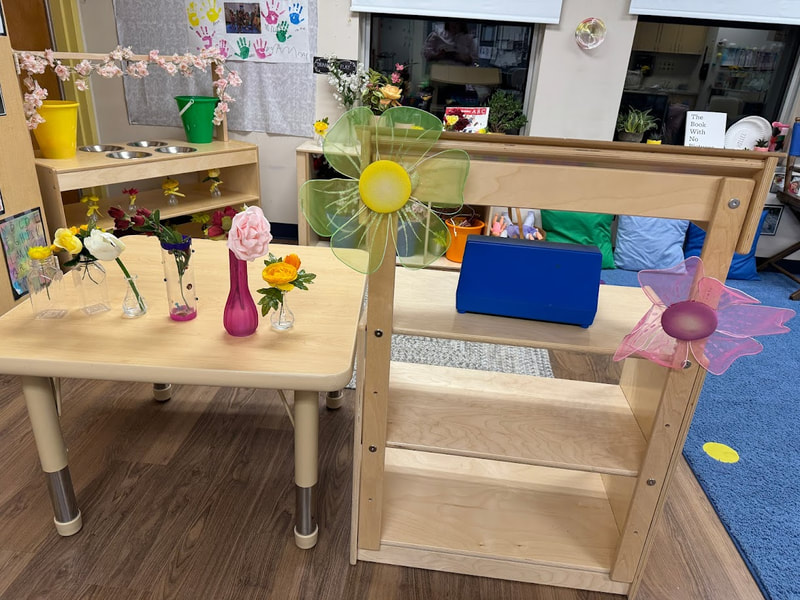


















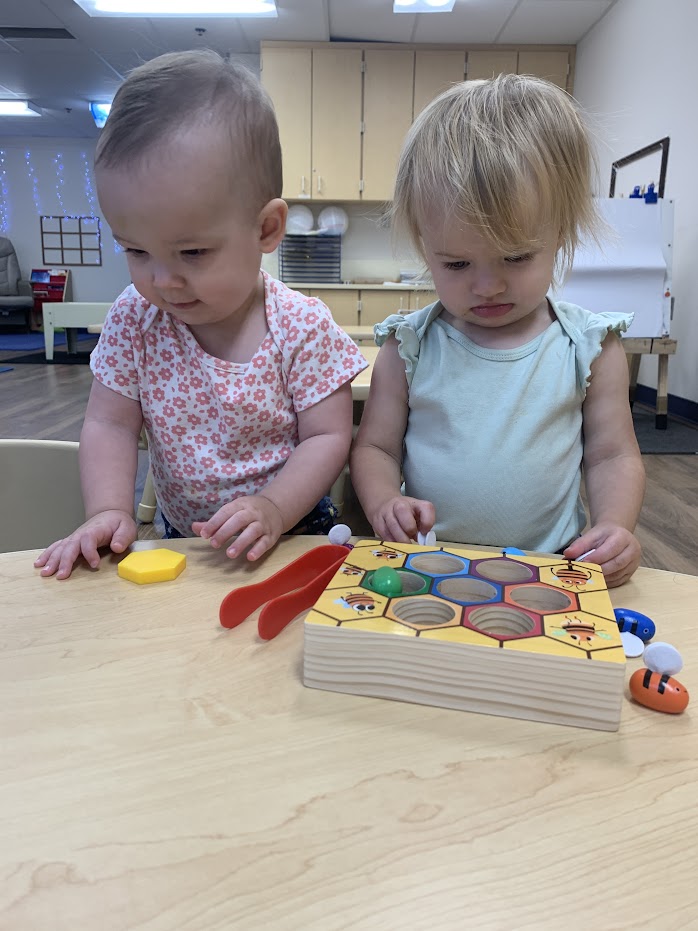


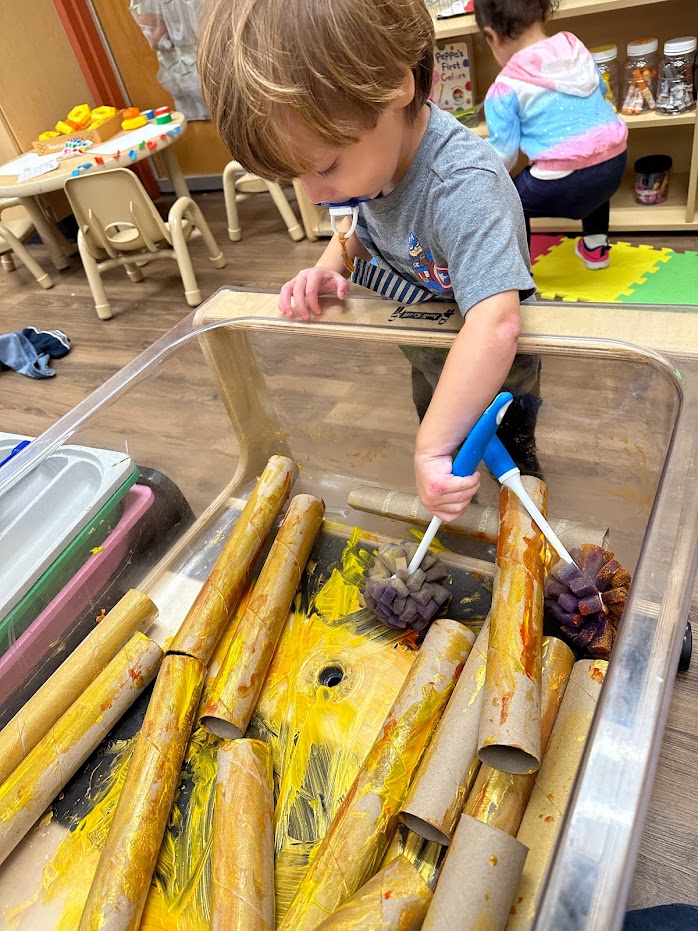






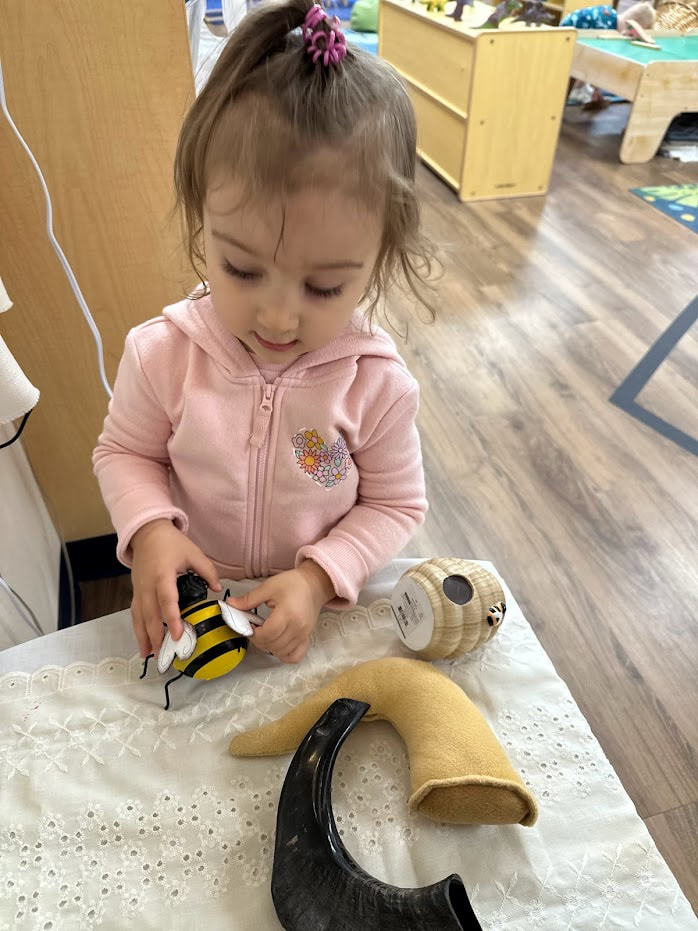

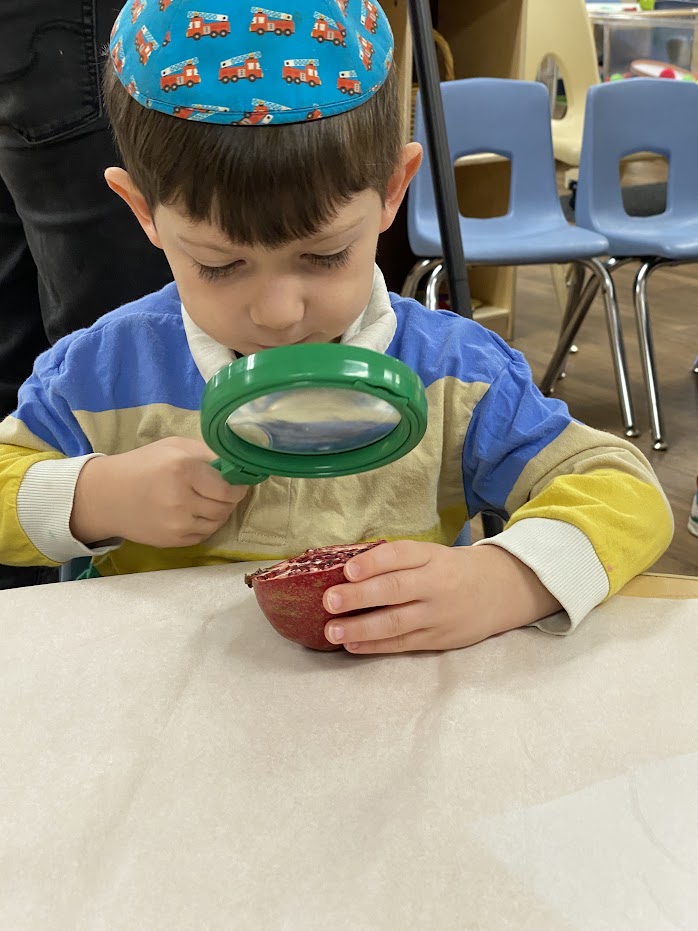

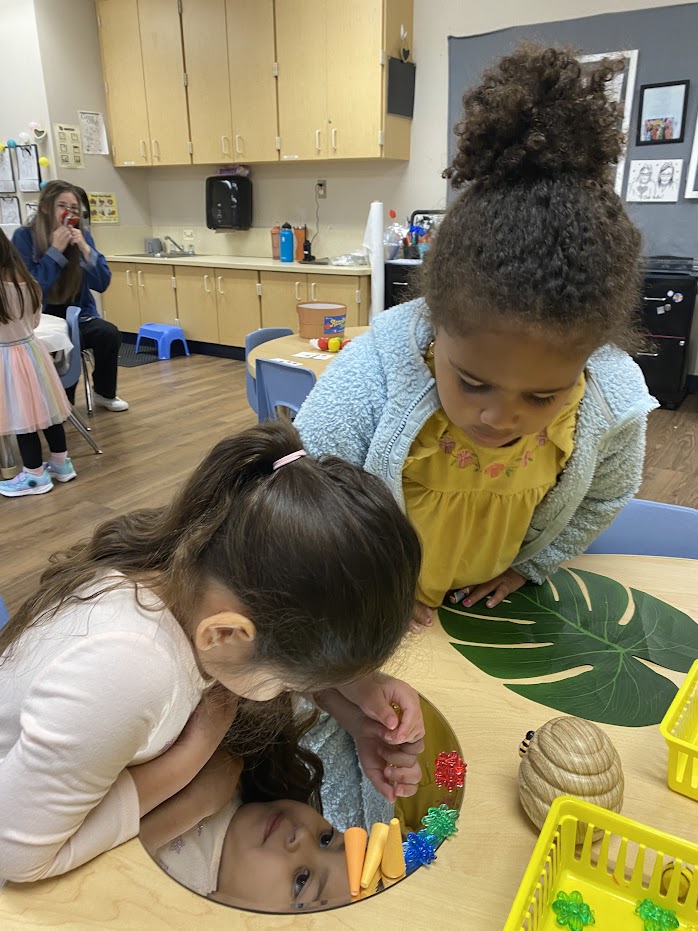




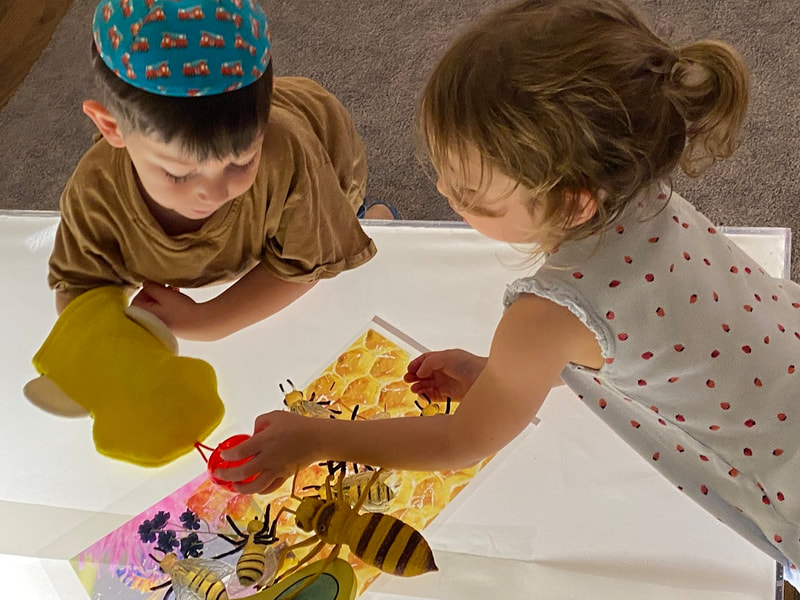



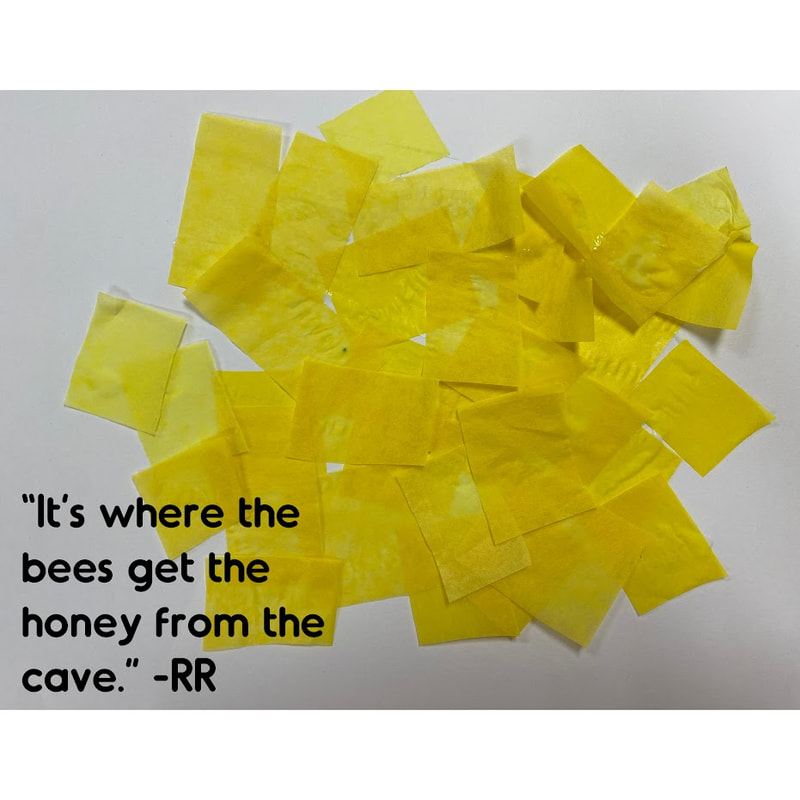

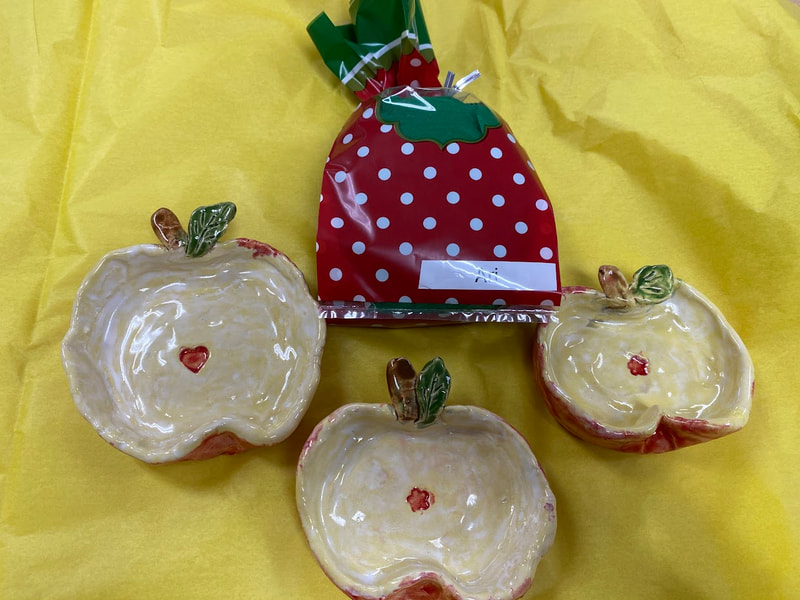






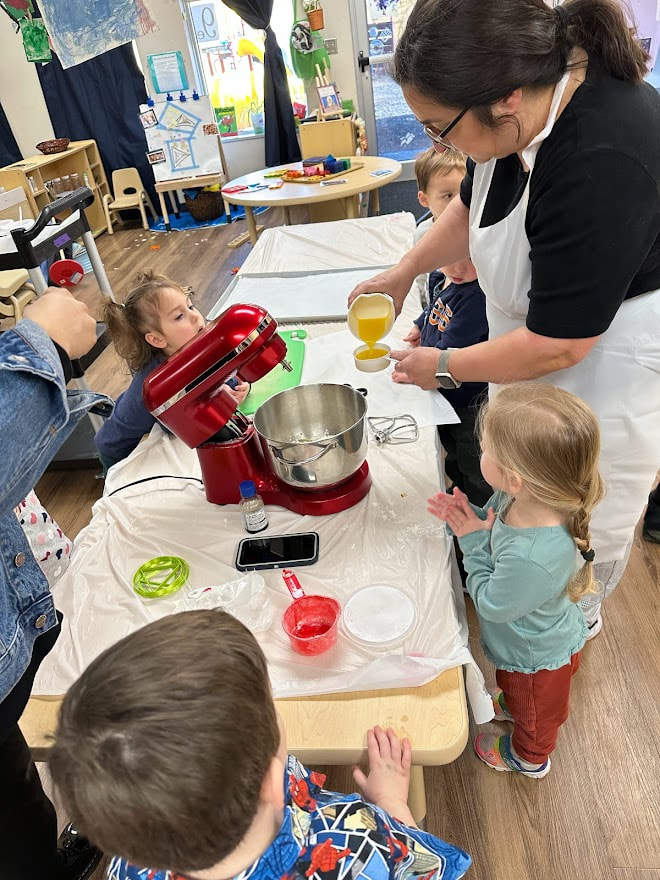

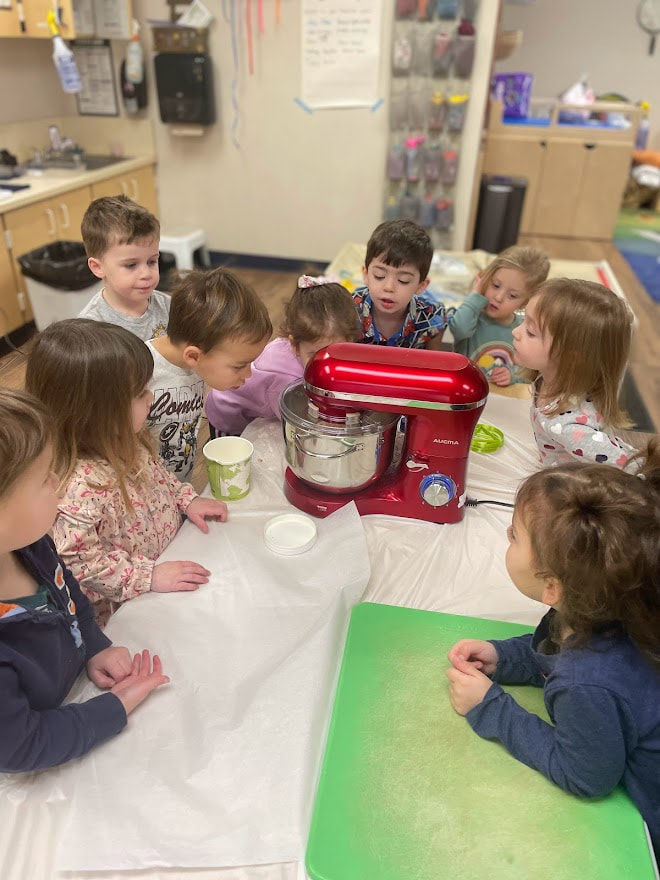














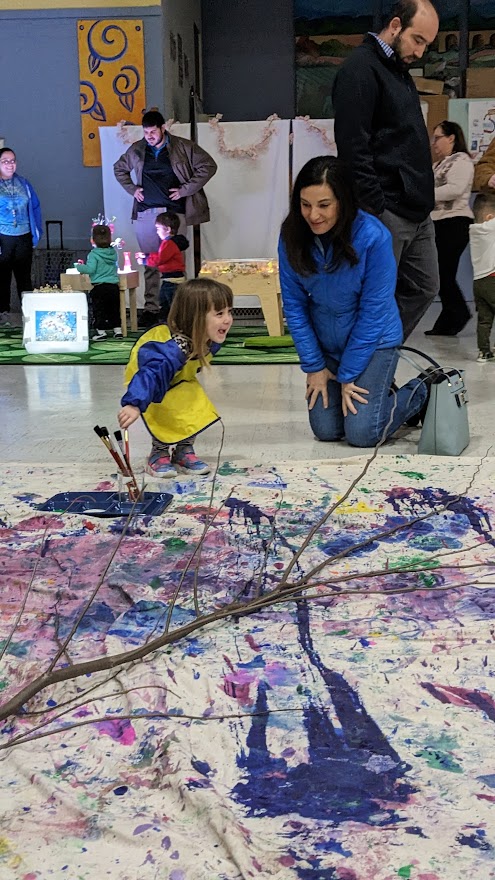


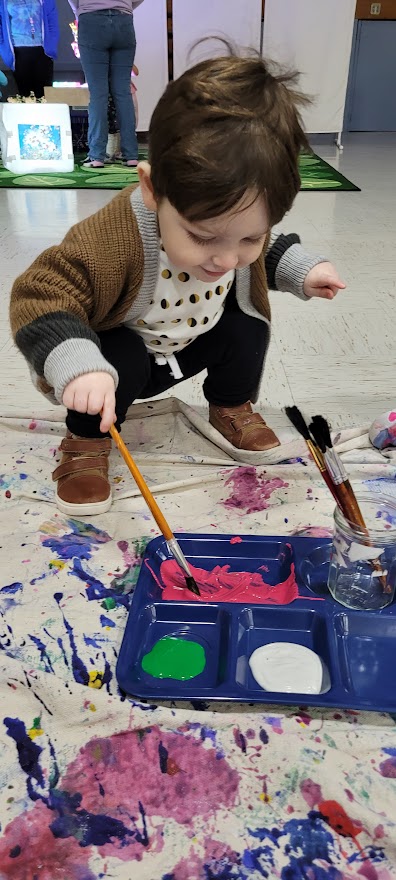







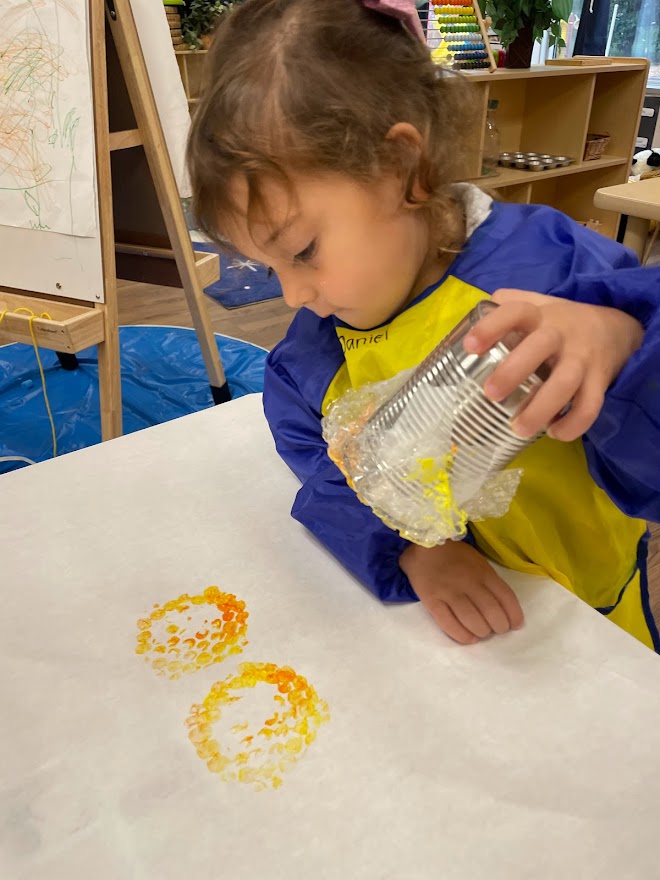

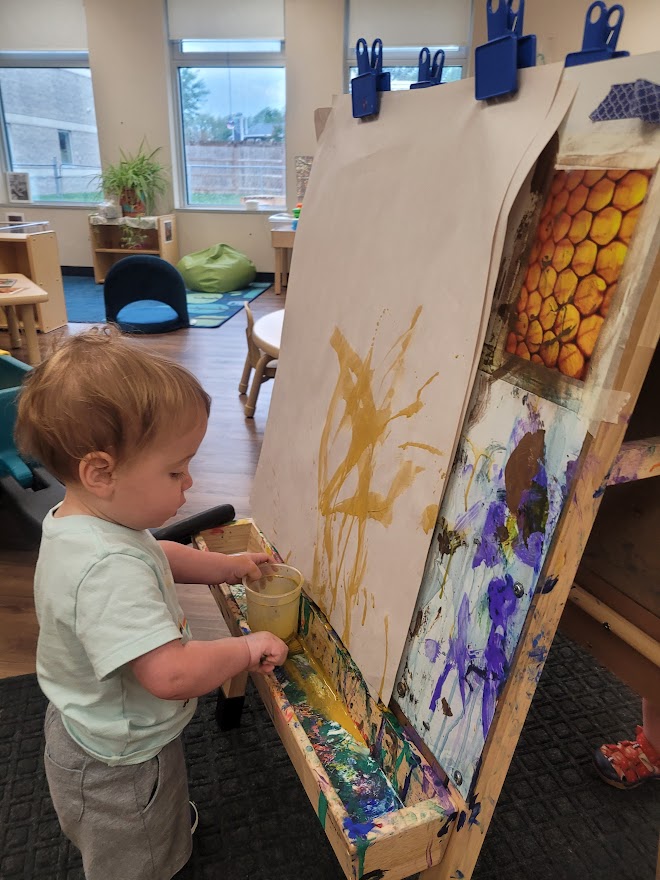









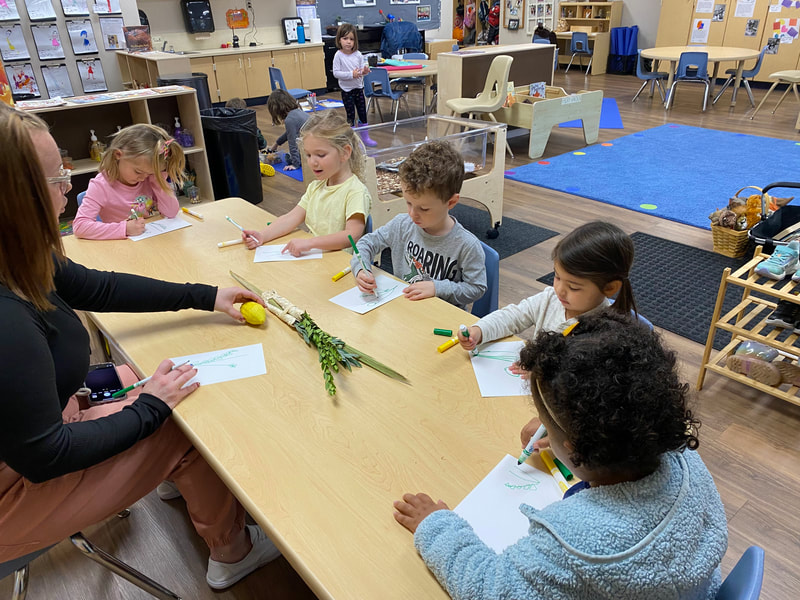
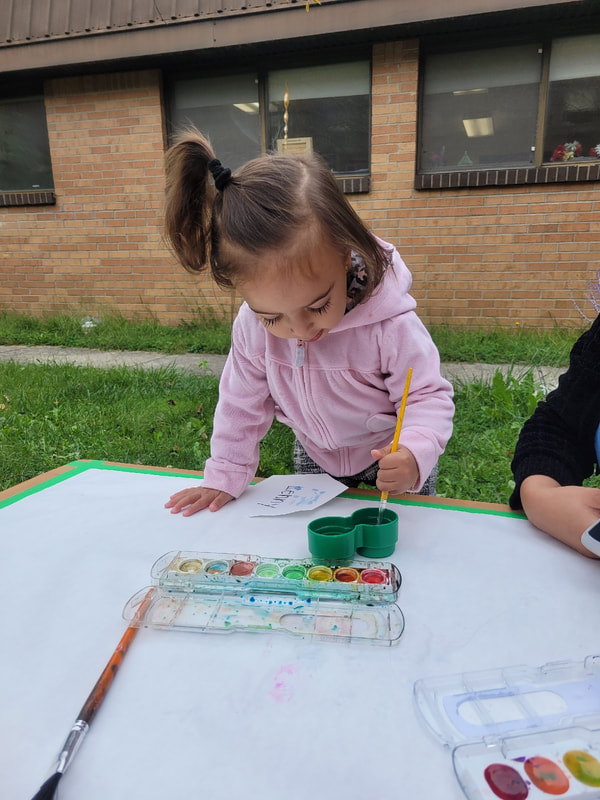















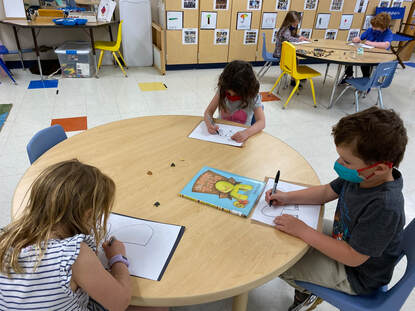


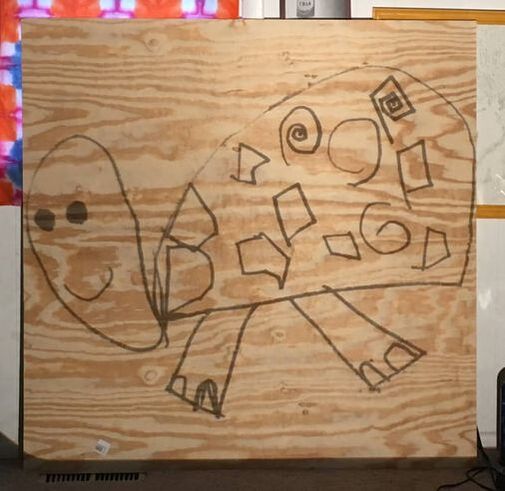
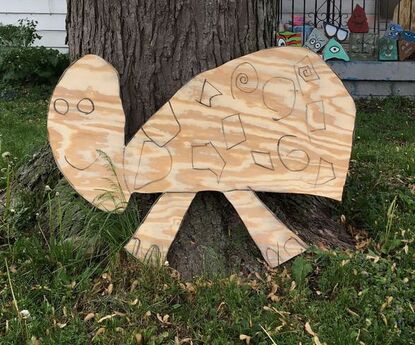

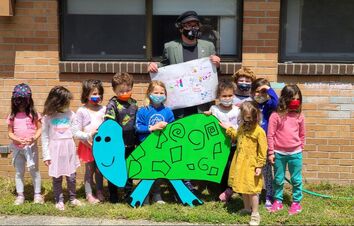
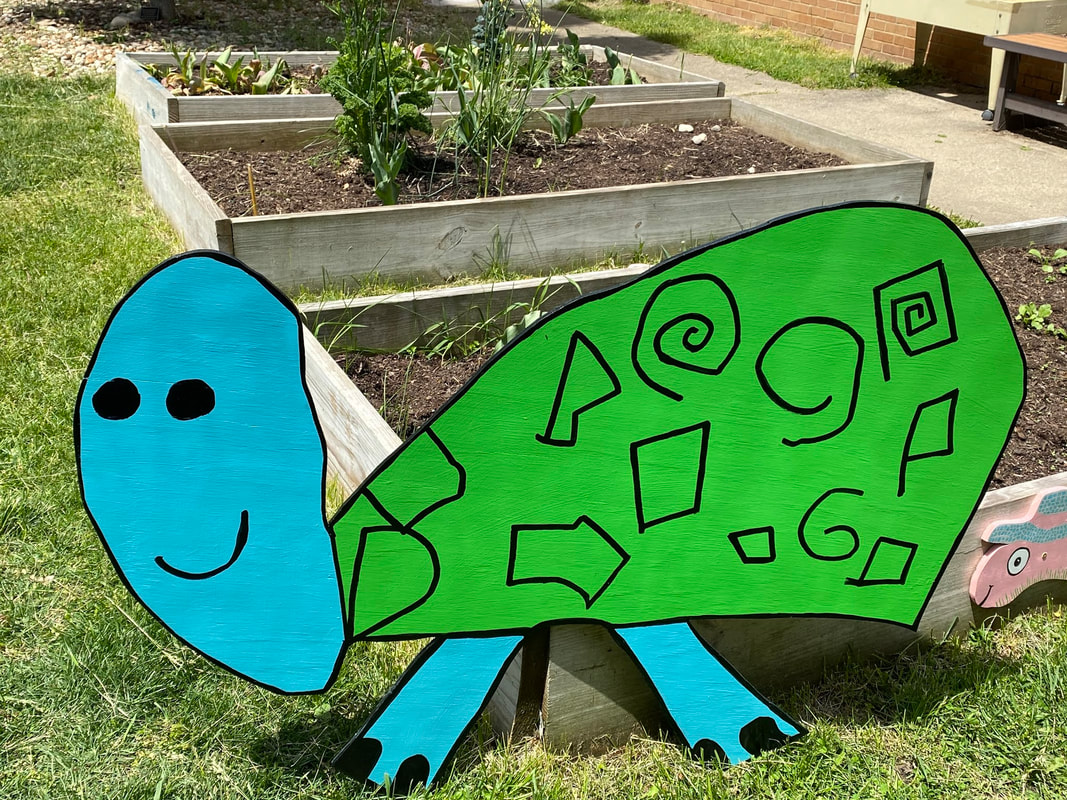
 RSS Feed
RSS Feed

